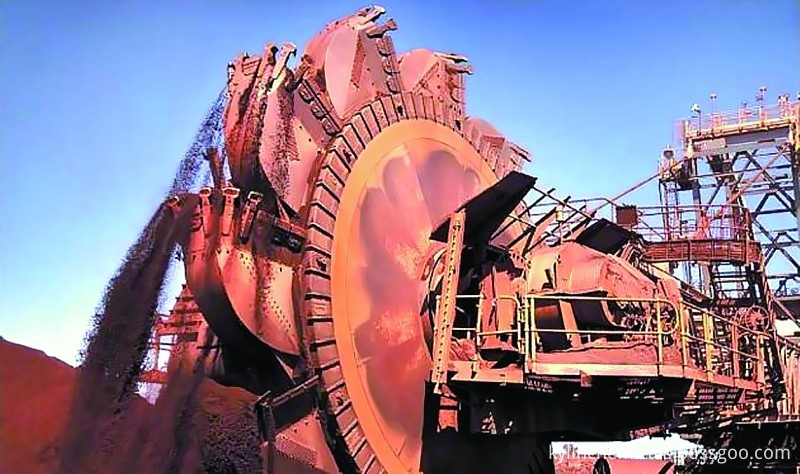The basic accessory package for the metering pump includes: bottom valve, injection valve, 2 m pipette and 5 m drain line.
The hydraulic end includes: pump head, diaphragm, valve, back plate and mounting bolts.
The bottom valve itself has a certain weight to keep the pipetting line straight and the pipetting line perpendicular to the chemical tank. In addition, it is also a check valve to maintain the positive flow of chemical liquid. The bottom valve also helps to improve pump repeatability and normal aspiration. A filter in the bottom valve prevents solid particles from being drawn into the pipetting line. Inhalation of small solid particles can cause damage to the metering pump diaphragm. The foot valve also includes a connector for connecting the pipette. The foot valve should be installed vertically and keep the bottom valve at a distance from the bottom of the tank. The choice of metering pump bottom valves for most self-priming methods is essential.
The injection valve is applied to the connection of the drain line to the injection point. The injection valve cannot be used as an isolation device or as a protection against siphoning. In applications where the requirements are not too high, the injection valve can produce a back pressure of 0.5 bar.
The rinsing device is used to clean the metering pump head and drain line. Chemicals that are primarily used for metering tend to solidify or metering pumps need to be constantly idle.
The float switch is a very critical device for controlling the level of the reservoir. When the liquid level is lowered, the float sinks and the contact inside the switch closes. This contact can be used to control the metering pump, such as stopping the metering pump 1 and starting the metering pump 2, or it can be used to turn on the alarm/indicator to indicate the cartridge. air. Through the reverse action of the float, the float switch can be applied to the collection tank, indicating that the collection tank is full while stopping the metering pump.
When the switch is actuated, the single-stage float switch stops the metering pump directly. For a two-stage float switch, the first stage can be activated to indicate a low level in the reservoir. When the second stage switch is activated, the metering pump is stopped.
The multi-function valve is a very versatile product that produces a constant back pressure and ensures repeatable metering accuracy. An anti-siphon valve is integrated into the unit to prevent chemicals from being drawn into the vacuum line and to prevent venturi effects or negative delivery heads in the water path. The pressure relief valve function is integrated in the equipment to protect the metering pump, pipeline and other system equipment when the system piping is blocked, to prevent overpressure work. The multi-function valve also incorporates a liquid-priming valve function that releases the pressure in the drain line and helps the metering pump to drain. The multi-function valve allows the effluent liquid to be safely returned to the reservoir.
Flow monitoring utilizes a proximity switch that is activated when each flow pulse is actuated. The metering pump compares the drain stroke with the number of pulses monitored by the flow. If there are 8 consecutive strokes or the set number of strokes, the pump cannot detect the corresponding pulse signal, the metering pump stops and a fault indication is issued. In the case that the aspiration line is empty, blocked or leaked, the drain line is blocked, the diaphragm is broken, etc., the flow monitor can send an alarm signal by not detecting the pulse signal. If the metering flow is reduced by 20% or below the set value, the proportional flow monitor can detect it.
The alarm relay opens (NC) or closes (NO) when the metering pump fails. The synchronous relay closes when the metering pump fails. Usually the synchronous relay is connected to the metering pump to produce the same frequency as the main metering pump.
Choosing a suitably sized pulsation damper can reduce the pulsation by 90% or more, resulting in a flow close to the laminar flow. The pulsation damper reduces the acceleration of the metered medium and reduces the head loss.
The damper reduces the pulsation of the tubing while reducing the acceleration of the medium and reducing head loss. There is no separation of liquid and gas inside the buffer. The damper cavity will eventually be filled with liquid and the liquid needs to be drained.
There is a leakage discharge hole on the back plate between the driving end and the pump head, and a pipe is connected to the leakage discharge hole into a small cylindrical cylinder. If the diaphragm ruptures, the liquid is discharged from the leak discharge hole into the small cylindrical cylinder. The small cylinder has a float switch, and the float switch can be activated as long as there is 10 ml of liquid in the cylinder. The switch contacts can be set to normally open or normally closed.

Concerned about surprises
Label: Metering pump accessories and their use
Previous: Characteristics of the unloader device Next: Structure and characteristics of the retractor
Kylin Chemicals manfacturers & supplies high performance flocation flocculants & collectors, serving the various mining industries like coal, phosphorous, copper, lead, nickle, gold, silver, potassium & sand-washing, etc. Our advanced manufacturing facilities and effective quality control systems, ensures every delivery of goods fully meets/exceeds our customers` end using needs. Today, our flocation flocculants & collectors have been widely accepted by various mining industries in Southeast Asia, Middle East and Latin America.


Flotation Flocculants & Collectors
Flotation Flocculants & Collectors,Potassium Amyl Xanthate,90% Potassium Amyl Xanthate,Industrial Potassium Amyl Xanthate
Kylin Chemicals Co., Ltd. , http://www.kylin-chemicals.com